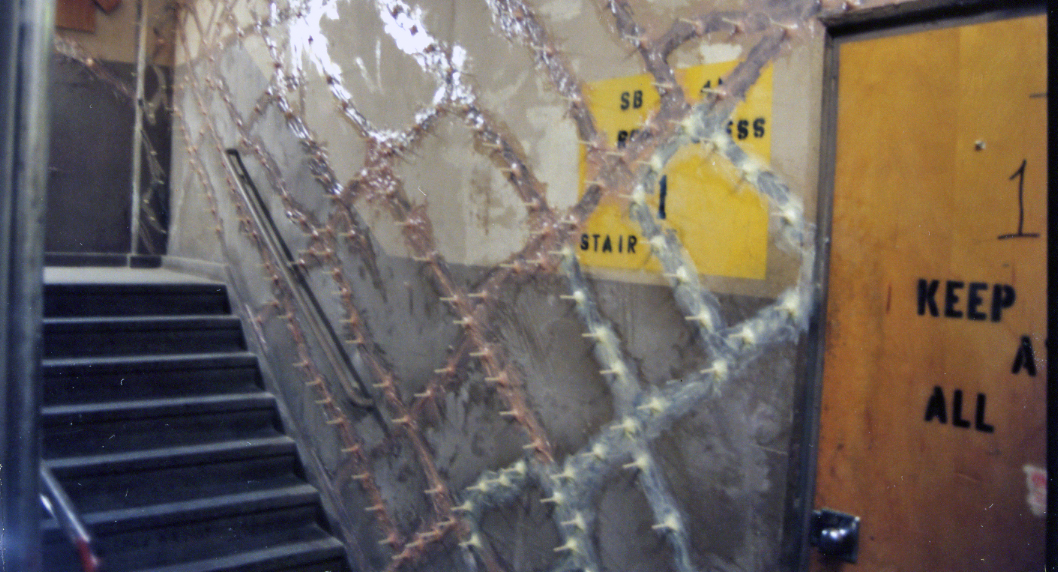Understanding Earthquake Risk

by David Teasdale, P.E.
Earthquakes, explosions, and other ground vibrations often generate interest in the engineering and insurance worlds because they offer a chance to see structures behave differently. Further, since understanding the response of a structure to vibrations requires more math and specialization, it can have a little more aura of mystery; however, it does not have to be that way.
Building codes are based primarily on statistical risk of a damaging event, and in the United States, we subscribe to an elastic strain energy theory for earthquake risk assessment. (Yes, there is more than one theory for the predominant cause of earthquakes in an area.) In the elastic strain concept, the rock volumes on either side of a fault rub against each other and bind until the strain becomes large enough to cause slip. The sudden slip and jump in movement produces the vibrational wave that propagates out from the fault. (Earthquakes are described with a focus, or point of origin, but the vibrational wave actually emanates out from a line corresponding to the length of the moving fault.) This earthquake mechanism lends itself well to measurement, study, and correlations between past earthquakes and predictions for the future.

The risk of damage, however, is based on much more, including the type of building, distance from the ruptured fault, depth of the ruptured fault, magnitude, duration of shaking, and to some extent the frequency of vibration. Virtually all of these factors are unknown in advance except the building, and therefore, it is possible to overthink the important points. Engineers and codes deal with these unknowns by adopting a number of broad-brush concepts beginning with an idealized, minimum earthquake and design parameters that are meant to save lives not prevent damage. The state of the art for earthquake design is basically that, if conventional approaches are followed, the building performance in the next earthquake should be satisfactory with respect to life safety. It may be disappointing to learn that codes handle the risk of a powerful infrequent earthquake much the same as frequent small earthquakes (think New Madrid in the Midwest or Oklahoma in the Plains states). The design force levels are simply reduced, which is fine for a 500-year recurrence interval unless you’re living in the statistical 499th year.

For the forensic engineer and insurance adjuster assessing damage, it is not necessary to know the earthquake magnitude, its frequency content, recurrence interval, or virtually anything else about the quake. It is more relevant to understand how the structure responds to a shaking event, be able to identify features that move most or stay stationary, and how the cladding materials behave when skewed. Since the actual force levels and stresses at points within a structure are not known precisely (even when a ground motion is digitally applied to a structural computer model), field evaluation follows a comparative analysis between features that are weak/strong, stiff/flexible, anchored/unanchored, high/low, and etc. The foundation of a building is accelerated, and as its motion changes direction, the structure above the foundation experiences amplified motion and deformation. Understanding the behavior of a structure when shaken allows an inspector to make the necessary comparative analysis and separate out conditions that are more likely the result of other causes.
The Consortium of University Research in Earthquake Engineering (CUREE) has published a great source of information in handbook form that can be found online at https://curee.org/projects/EDA/docs/CUREE-EDA02-2-public.pdf. The California Earthquake Authority (CEA) requires certification training for adjusters that includes instruction on earthquake damage assessment, and many instructors will reference this book. Haag Education offers a short course online and more in-depth courses for contract training that lead to CEA certification
 by David Teasdale, P.E., Haag Principal Engineer & VP of Engineering Services
by David Teasdale, P.E., Haag Principal Engineer & VP of Engineering Services
David Teasdale specializes in structural evaluations, earthborne and airborne vibrations, geotechnical evaluations, general civil engineering, and wind and related storm effects. He is the primary author and presenter of a Haag classroom seminar course on earthquake damage assessment and Haag’s California Earthquake Adjuster Accreditation course. See his profile here.
Any opinions expressed herein are those of the author(s) and do not necessarily reflect those of Haag Engineering Co., Haag Construction Consulting, Haag Education, or parent company, Haag Global, Inc.
